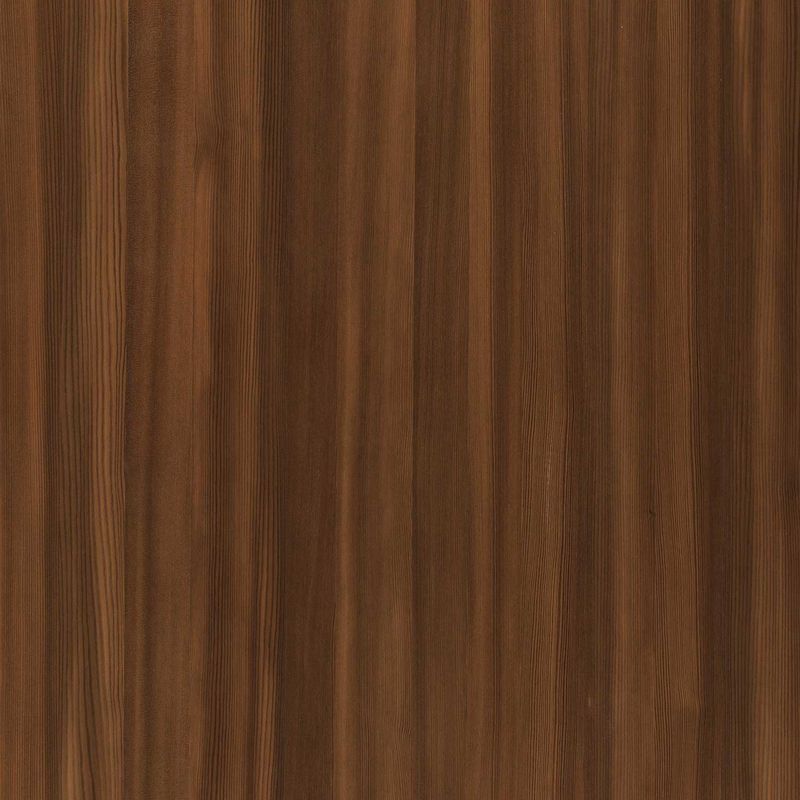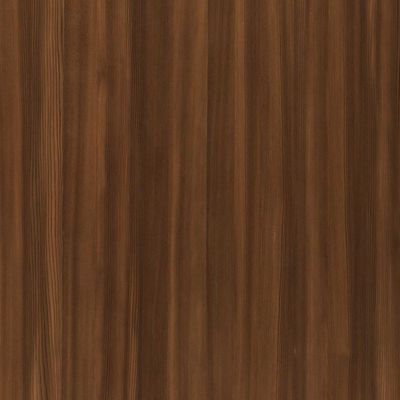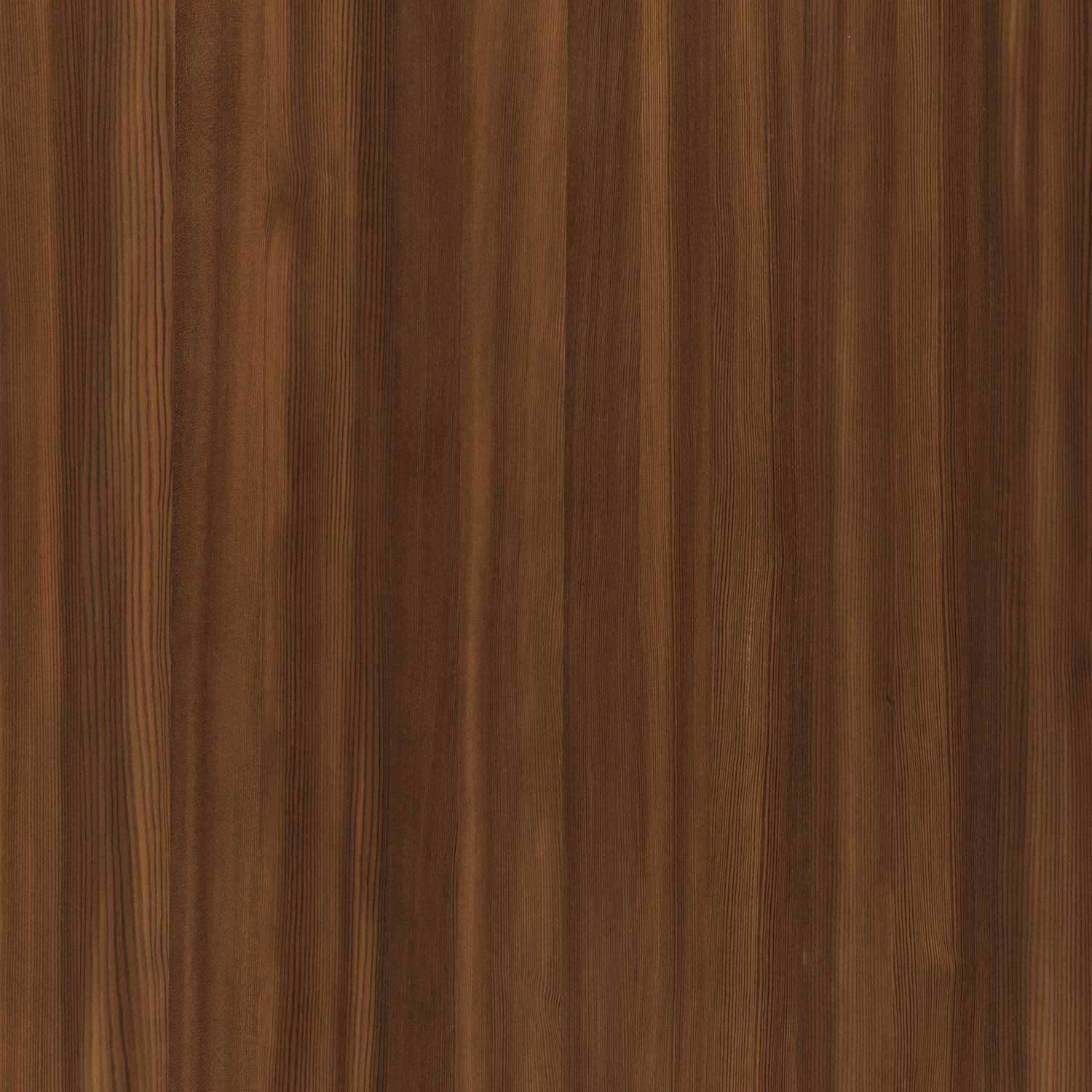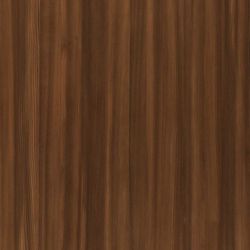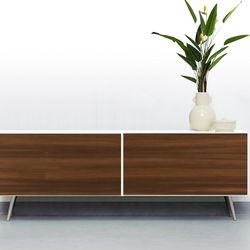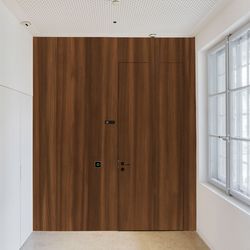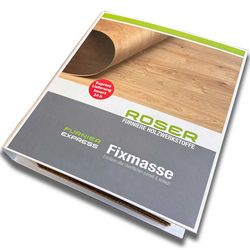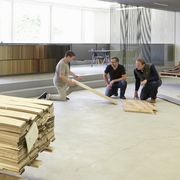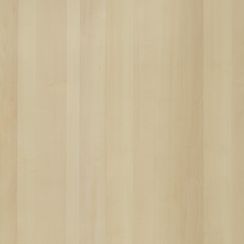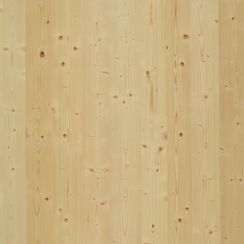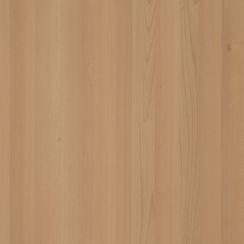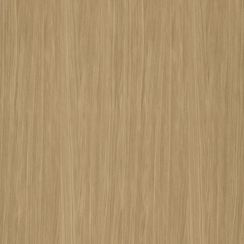Make an appointment at our concept.room for your individual project consulting
Veneer Express Layons Larch smoked
BackWhen smoking wood, the tannic acid present in the wood reacts with ammonia. At the end of the process, the ammonia is neutralized with sulfuric acid. This leaves a fertilizer, which is used in agriculture. After the smoking process the wood gets a durable, attractive and very light-stable dark color.
Since ammonia may still be bound in the cell walls of the smoked wood in isolated cases, it is recommended to allow the veneer sheets to air well (approx. 3 - 4 hours) after cutting them to width and before joining them together. This allows clean joint gluing without any problems.
Detailed Description
The tree reaches a height of up to 45 m and a diameter of up to 120 cm. The trees grown in the forest and in closed stands are very straight, cylindrical and knot-free in the shaft up to 2/3 of their length. Individually grown trunks have a tendency to sabre growth. The bark of young trees is smooth and ash-grey, later becoming up to 3 cm thick and barky. The bark proportion of the trunk is very high and is 16-24 %.
Tradenames and other names
Bot. Name: Larix decidua
Tradename De: Lärche Europäisch
Tradename En: Larch, European Larch
Properties
Raw density: 560 - 630 Kg/m3
Occurrence
The larch is spread far over central Europe, with a focus on the Alps, the Carpathians and Poland.
Characteristic and wood color
Sapwood and heartwood are well separated. The sapwood is narrow and light yellowish brown. The heartwood is dark reddish brown when freshly cut, later it turns darker. The annual rings are sharply marked by very broad, dark late wood zones, slightly wavy and matt-glossy on the surface. Resin channels are clearly visible. The wood is very resinous. The structure is usually very straight grained and relatively knotless, the texture moderately coarse but even.
